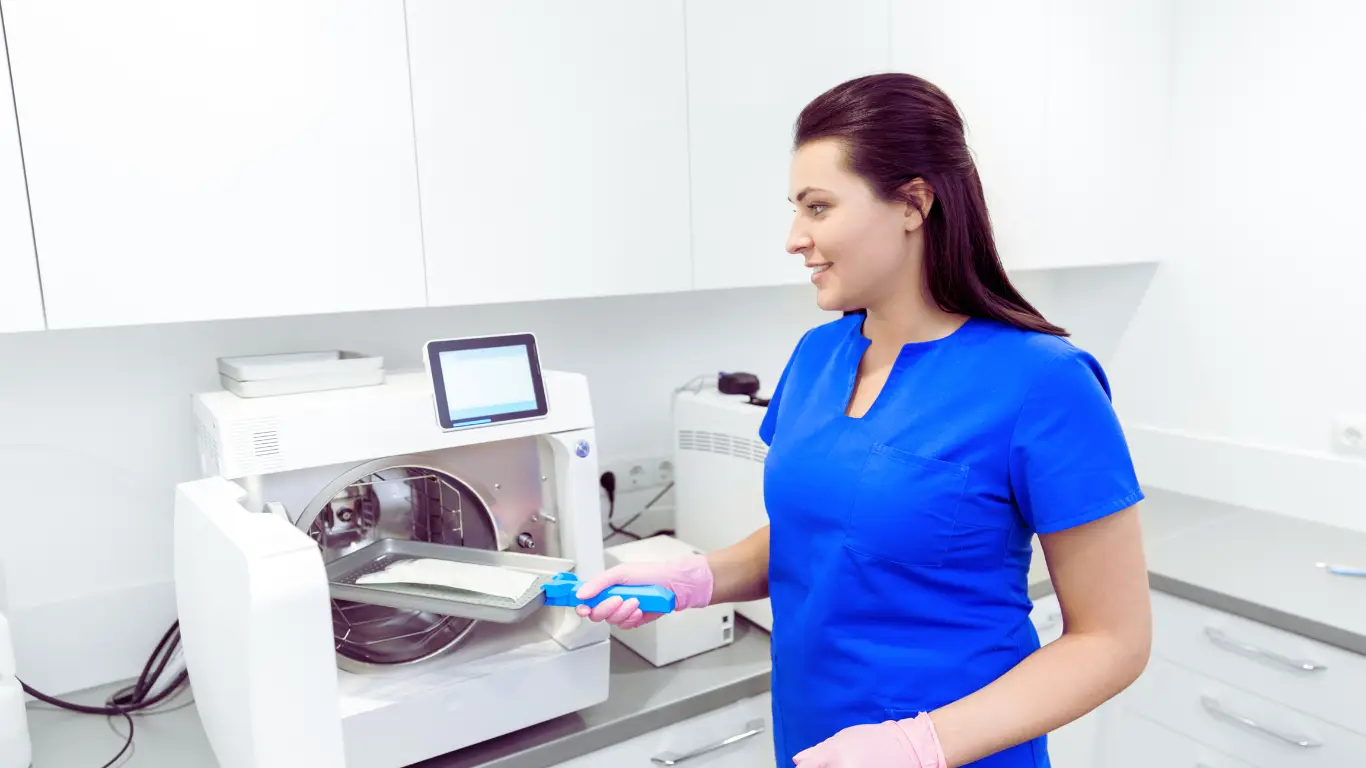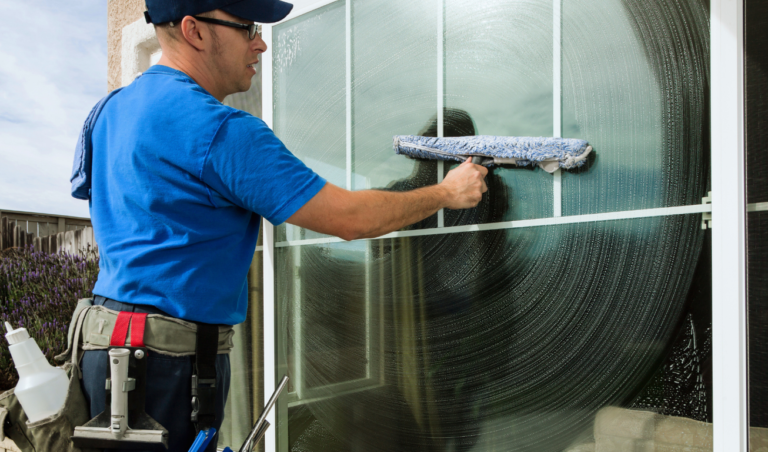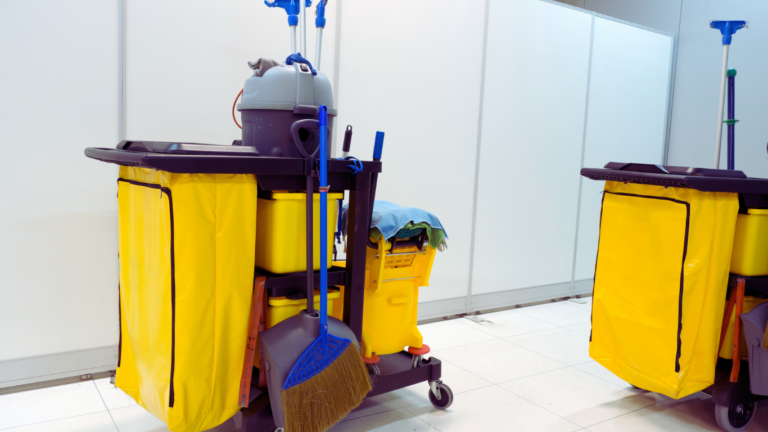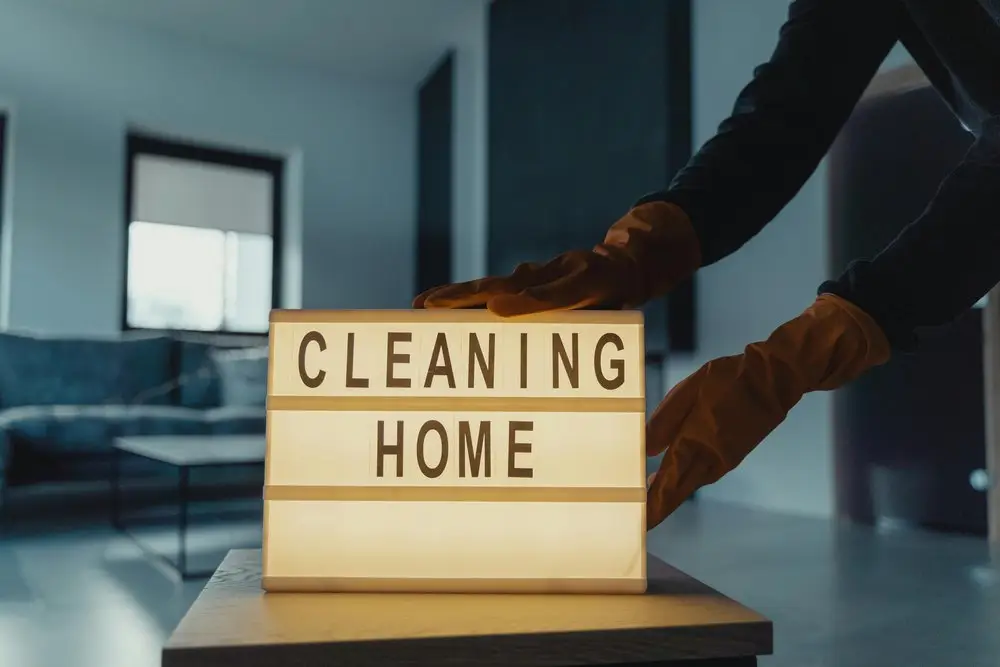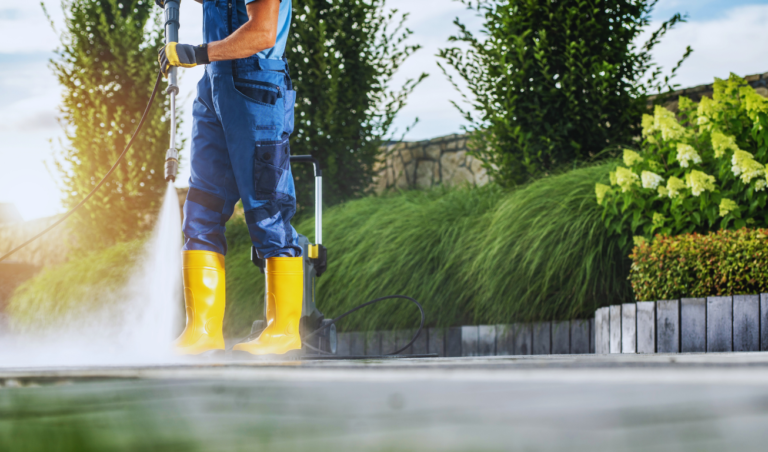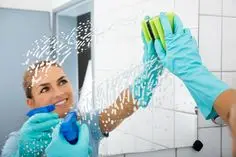Medical Cleaning Services in Healthcare system
In the healthcare industry, maintaining a pristine environment is not merely a matter of aesthetics but a critical aspect of patient care and safety. Medical cleaning service play an essential role in ensuring that healthcare facilities are free from harmful pathogens and contaminants, thereby reducing the risk of healthcare-associated infections (HAIs). This article explores the significance of medical cleaning service, the techniques employed, and their impact on healthcare environments. In the FAQ area, we will also answer frequently asked questions regarding these services.
The Role of Medical Cleaning Services in Healthcare
Medical cleaning services are specialised cleaning services tailored to meet the rigorous standards required in healthcare settings. Unlike general cleaning services, medical cleaning utilises advanced cleaning techniques, hospital-grade disinfectants, and strict protocols to ensure a sterile environment. These services are critical in hospitals, clinics, dental offices, nursing homes, and other medical facilities where maintaining a clean environment is paramount for patient safety.
The primary objectives of medical cleaning services include:
Infection Control: Preventing the spread of infectious diseases within healthcare facilities is a top priority. Medical cleaning service use specialised disinfectants and methods to eliminate pathogens that can cause HAIs.
Regulatory Compliance: Healthcare facilities must comply with stringent hygiene standards and regulations set by organisations such as the Centres for Disease Control and Prevention (CDC) and the Occupational Safety and Health Administration (OSHA). Medical cleaning helps facilities meet these standards.
Patient Safety and Satisfaction: A tidy space boosts the comfort and confidence of patients. Patients are more likely to feel secure and satisfied in a well-maintained facility.
Staff Protection: Medical cleaning also protects healthcare workers by reducing their exposure to infectious agents, ensuring a safer working environment.
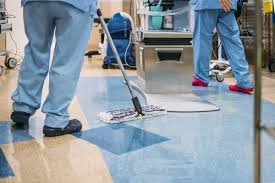
Core Components of Medical Cleaning
Medical cleaning encompasses a variety of tasks aimed at maintaining cleanliness and hygiene in healthcare facilities. Some of the core components include:
Surface Disinfection: High-touch surfaces such as door handles, light switches, and medical equipment are potential breeding grounds for pathogens. This service frequently sanitises these surfaces using hospital-grade disinfectants.
Floor Care: Floors in healthcare facilities are exposed to constant traffic and can harbour dirt and germs. This service employs specialised techniques and equipment to clean and disinfect floors thoroughly.
Waste Management: Proper disposal of medical waste is crucial to prevent contamination and the spread of infections. This service ensures that hazardous waste is collected, segregated, and disposed of according to regulatory guidelines.
Air Quality Control: Ensuring optimal indoor air quality is crucial in healthcare environments. Medical cleaning service often include air purification and ventilation system maintenance to ensure the air is clean and free from contaminants.
Laundry Services: Linens, uniforms, and patient gowns must be hygienically cleaned to prevent the spread of infections. Medical cleaning system use specialised washing techniques to ensure that all textiles are completely sanitised.
Specialised Cleaning for Sensitive Areas: Certain areas within healthcare facilities, such as operating rooms, intensive care units, and laboratories, require highly specialised cleaning protocols. Medical cleaning services are equipped to handle these sensitive areas, ensuring that all surfaces and equipment are thoroughly disinfected
Advanced Techniques in Medical Cleaning
Medical cleaning systems use cutting edge methods and tools to meet the strictest hygienic and sanitary requirements. Some of these advanced methods include:
Electrostatic Spraying: This technique involves using an electrostatic sprayer to apply disinfectants evenly across surfaces. The charged particles adhere to surfaces more effectively, ensuring comprehensive disinfection.
Ultraviolet (UV) Light Disinfection: UV light is a powerful tool for eliminating pathogens on surfaces and in the air. Medical cleaning systems use UV light devices to disinfect operating rooms, patient rooms, and other critical areas.
Green Cleaning Solutions: Many medical cleaning systems are adopting environmentally friendly cleaning products and practices. Green cleaning solutions are effective at eliminating pathogens while minimising environmental impact and reducing exposure to harmful chemicals.
Robotic Cleaners: Autonomous cleaning robots are becoming increasingly popular in healthcare settings. These robots can navigate and clean large areas efficiently, ensuring consistent and thorough disinfection.
Fogging Disinfection: By using a fogging machine, this approach can reach regions that traditional cleaning procedures could miss by dispersing disinfectant in a thin mist. This method is particularly useful for large or complex spaces.
ATP Testing: Adenosine triphosphate (ATP) testing is used to measure the cleanliness of surfaces. Medical cleaning service use ATP testing to identify areas that require additional cleaning and to verify that cleaning protocols are effective.
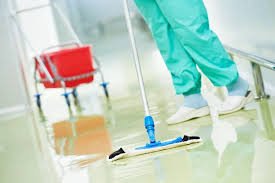
The Impact of Medical Cleaning System on Patient Outcomes
The quality of cleaning in healthcare facilities directly impacts patient outcomes. Effective medical cleaning can significantly reduce the incidence of HAIs, leading to better patient health and reduced healthcare costs. The benefits of medical cleaning include:
Reduced infection rates: Proper cleaning and disinfection practices are crucial in preventing the spread of infections. Medical cleaning systems help lower the rates of HAIs, improving patient safety.
Shorter Hospital Stays: By preventing infections, this service system can contribute to shorter hospital stays for patients, leading to cost savings for both healthcare providers and patients.
Enhanced Patient Satisfaction: A clean and well-maintained healthcare facility enhances patient confidence and satisfaction. Patients place a high value on cleanliness and are more likely to recommend and return to such institutions.
Improved Healthcare Worker Safety: These services help protect healthcare workers from exposure to infectious agents, reducing the risk of occupational illnesses and injuries.
Enhanced Facility Reputation: A healthcare facility that consistently maintains high standards of cleanliness can build a strong reputation for quality care. This reputation can attract more patients and talented healthcare professionals to the facility.

Choose the Right Medical Cleaning Service
Keeping a clean and safe hospital environment depends on choosing the correct cleaning service. The following considerations should be taken into consideration while choosing a supplier:
Experience and Expertise: Look for a cleaning service with extensive experience in the healthcare industry. The provider should have a deep understanding of medical cleaning protocols and regulations.
Certification and Training: Ensure that the cleaning service employs certified and well-trained staff. Proper training in infection control and cleaning techniques is essential for achieving optimal results.
Customised Cleaning Plans: Select a service provider who provides cleaning schedules that are adjusted to meet your unique needs. Pick a service company that offers customised cleaning schedules to fit your particular requirements.
Reputation and References: Check the provider’s reputation and ask for references from other healthcare facilities they have served. Positive testimonials from content customers are a solid sign of dependable, superior service.
Use of Advanced Technologies: Consider a cleaning service that utilises the latest cleaning technologies and environmentally friendly products. Advanced techniques and green cleaning solutions can enhance the effectiveness and sustainability of the cleaning process.
Compliance with Standards: Check if the cleaning service abides by industry rules and guidelines, such as those established by the CDC, OSHA, and other pertinent agencies. Compliance ensures that the cleaning protocols are up-to-date and effective.
FAQs about Medical Cleaning Services
Q1: What is the difference between medical cleaning service and regular cleaning services?
Medical cleaning adheres to strict protocols and uses hospital-grade disinfectants to ensure a sterile environment, whereas regular cleaning may not meet the rigorous standards required in healthcare settings.
Q2: How often should medical facilities be cleaned?
The utilisation of the particular space determines how often it has to be cleaned. High-traffic and high-touch areas should be cleaned and disinfected multiple times daily, while other areas may require less frequent cleaning.
Q3: Can medical cleaning help reduce HAIs?
Yes, medical cleaning systems play a crucial role in reducing HAIs by maintaining a sterile environment and using effective disinfection methods to eliminate pathogens.
Q4: Are green cleaning solutions effective in healthcare settings?
Yes, green cleaning solutions are effective at eliminating pathogens and are safer for the environment and human health. Many medical cleaning systems are adopting these solutions to promote sustainability.
Q5: What certifications should I look for in a medical cleaning?
Look for certifications such as the Certified Healthcare Environmental Services Professional (CHESP) and other relevant industry certifications that demonstrate expertise in healthcare cleaning.
Q6: How does medical cleaning handle hazardous waste?
It follows strict regulatory guidelines for the collection, segregation, and disposal of hazardous waste to prevent contamination and ensure safety.
Q7: What advanced technologies are used in these services?
Advanced technologies such as electrostatic spraying, UV light disinfection, robotic cleaners, and ATP testing are commonly used to enhance the effectiveness of cleaning protocols.
Q8: How can medical cleaning services improve air quality in healthcare facilities?
This service improves air quality by using air purification systems, maintaining ventilation systems, and employing methods like fogging disinfection to eliminate airborne contaminants.
Q9: What are the benefits of using robotic cleaners in healthcare settings?
Robotic cleaners provide consistent and thorough cleaning, reduce the risk of human error, and can cover large areas efficiently, making them a valuable addition to medical cleaning
Q10: How does medical cleaning ensure compliance with regulatory standards?
Medical cleaning ensures compliance by staying updated with the latest regulations, employing certified staff, and following industry best practices and guidelines set by organisations like the CDC and OSHA.
Medical cleaning is essential to keeping healthcare facilities safe and hygienic. By adhering to stringent cleaning protocols, using advanced technologies, and employing well-trained staff, these services help prevent infections, ensure compliance with regulations, and promote overall health and well-being. Achieving the highest levels of cleanliness and hygiene in healthcare environments requires selecting the appropriate medical cleaning service. With their expertise and dedication, medical cleaning services contribute significantly to creating safe and sterile environments for patients, healthcare workers, and visitors alike.

